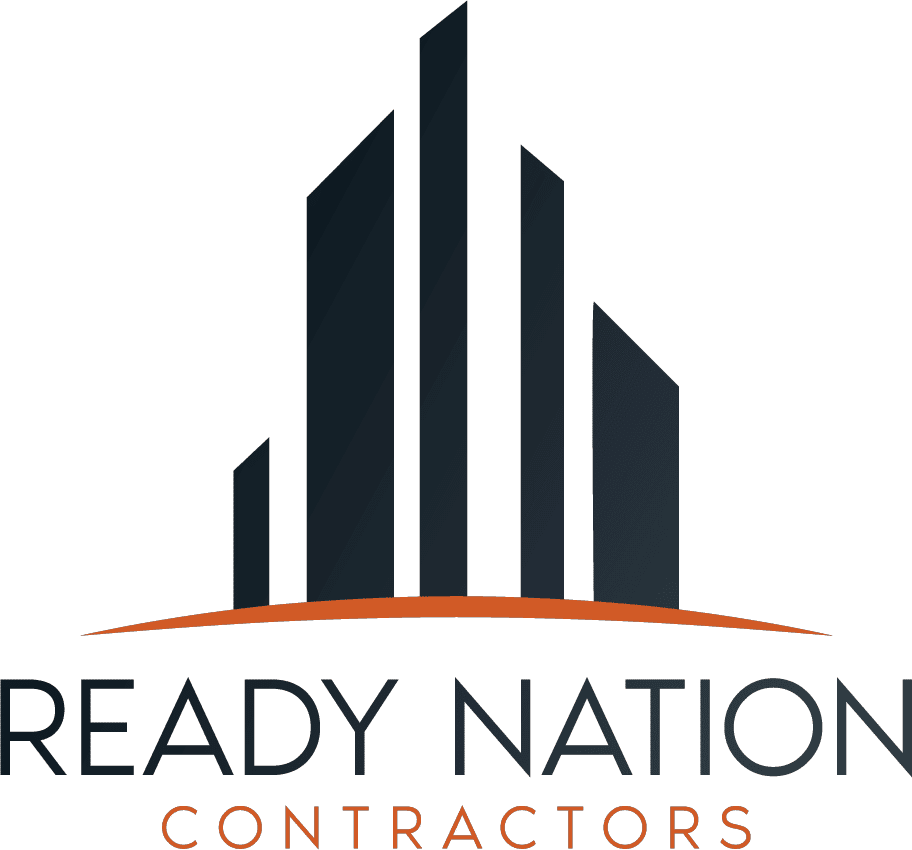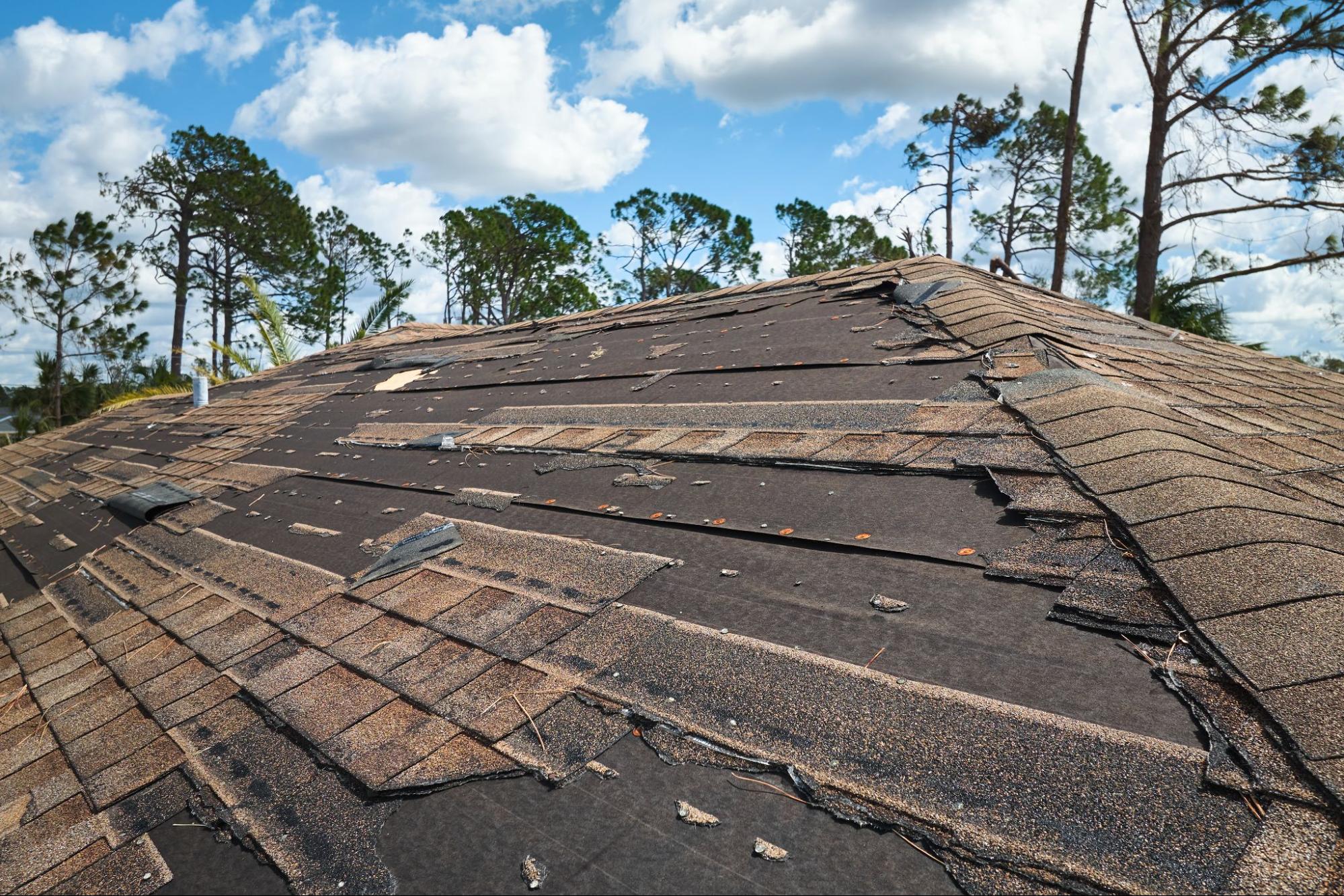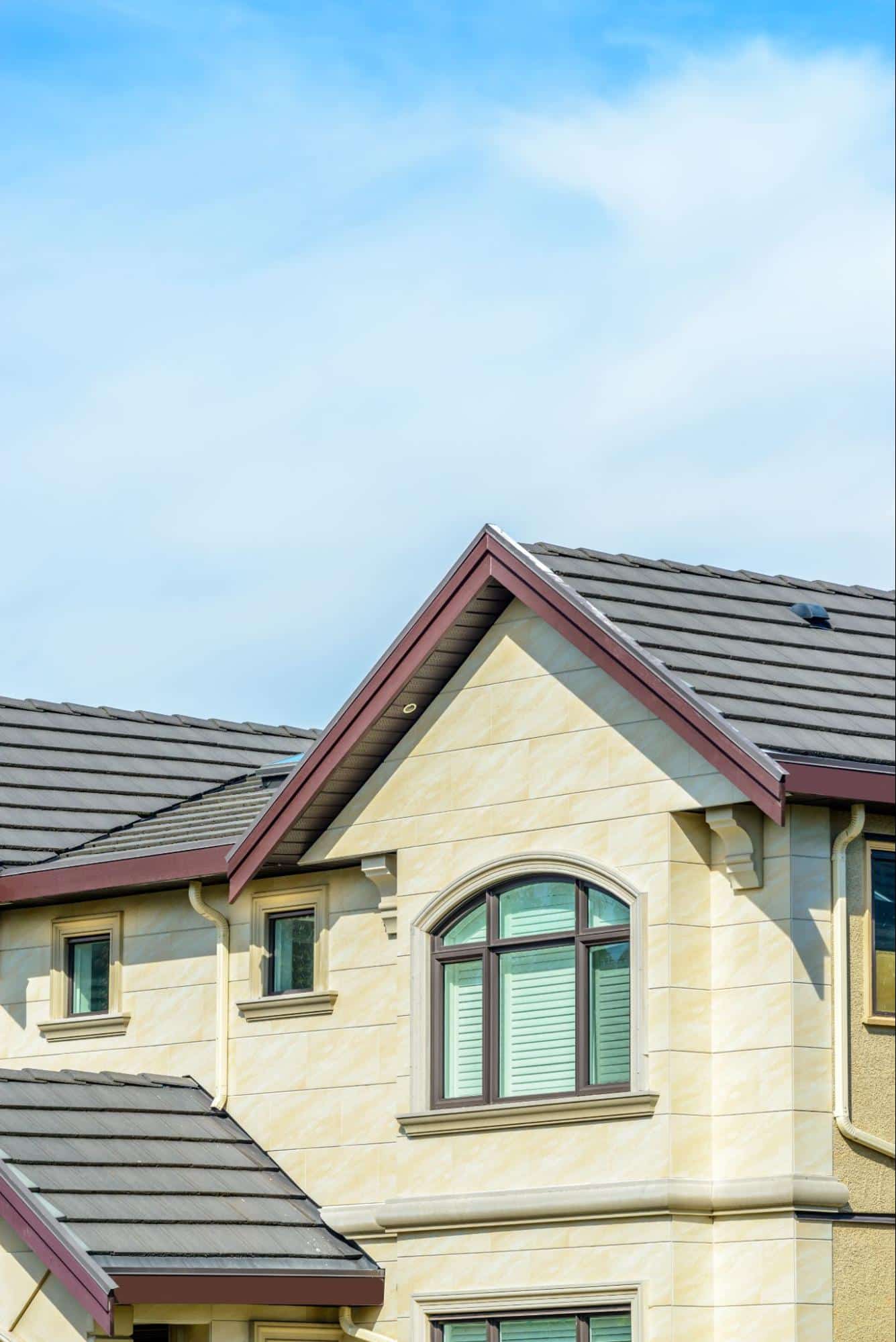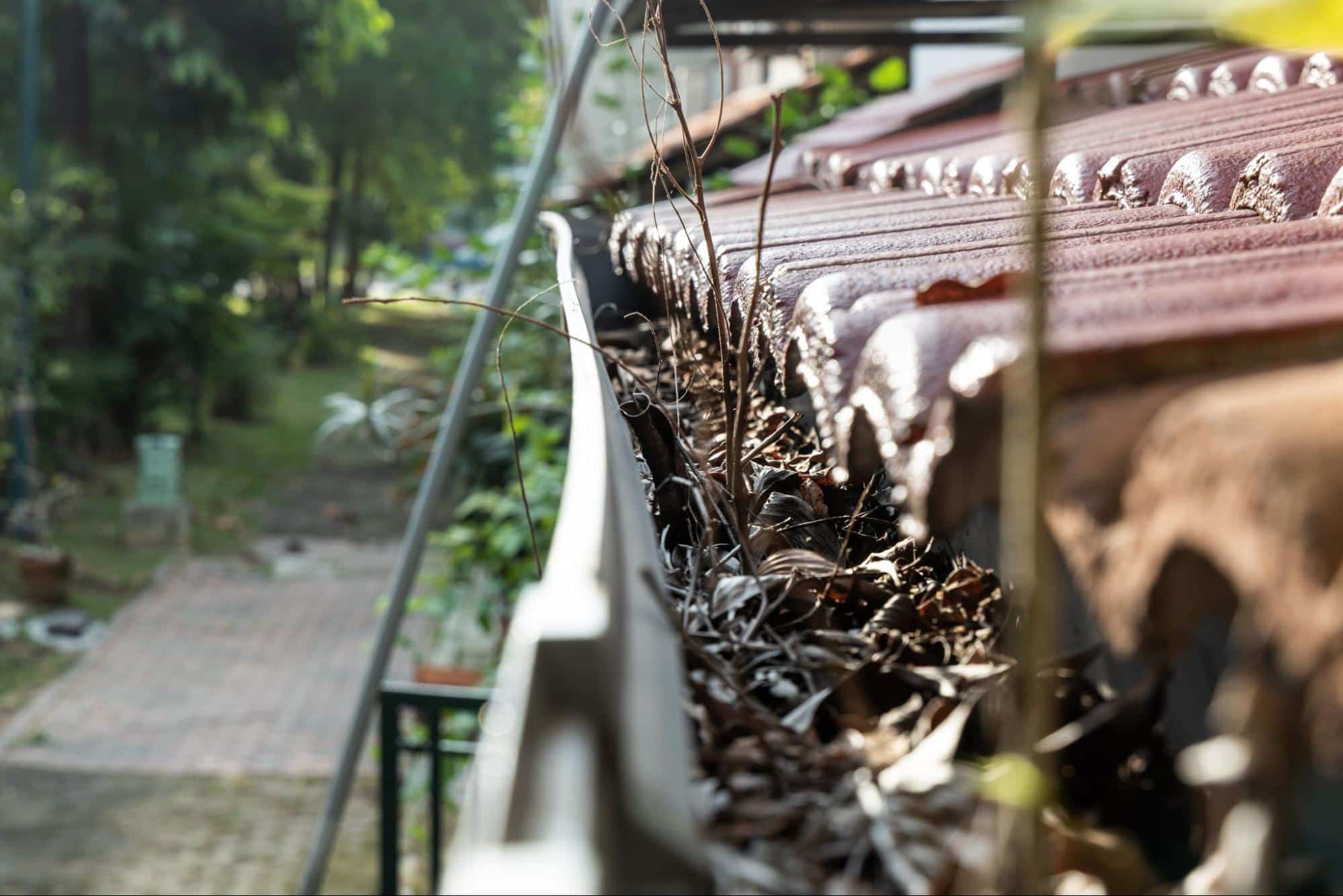If you are trying to make sense of the average roof repair cost after a Gulf Coast storm, you are not alone. Wind, hail, and constant rain do more than damage shingles. They complicate repair scopes, permitting, and scheduling. At Ready Nation Contractors (RNC US), we have seen how unpredictable Gulf Coast weather can challenge both homeowners and business owners in Florida, Texas, and Louisiana. When people contact our RNC company or search for “RNC contractors near me,” they are often not asking only what roof repairs cost but what determines those costs.
In this guide, we explain the key factors that shape roof repair expenses without guessing numbers. You will learn how repairs are defined, which issues are common after storms, how regional conditions affect materials and labor, and how insurance processes work. Our goal is to help you plan confidently and make informed decisions about protecting your property.
If you need immediate support, our team is available around the clock. We handle emergency dry-ins, inspections, and complete restoration. You can explore our roof repair services and read more about our storm damage recovery approach to see how we keep roofs secure after severe weather.
What Counts as a Roof Repair
A roof repair restores performance to a specific section rather than replacing the entire system. It can involve resealing vent boots, replacing cracked shingles, or rebuilding damaged decking beneath a leak. The goal is to isolate and correct the failure so the roof regains full protection.
In coastal climates, small leaks can cause hidden moisture to travel farther than expected. Water can move into insulation or drywall before any visible stain appears. That is why we use thermal imaging and moisture detection tools to locate problems early. When interior materials are affected, our crews coordinate water damage restoration to prevent mold and structural deterioration.
Common Storm-Related Repairs

Across the Gulf Coast, storm-related damage often follows a pattern. Strong winds lift shingles or tiles, hail bruises asphalt mats or dents metal, and heavy debris bends flashing or ridge caps. Even when there is no visible leak, water can find its way under loose sections and remain trapped.
When we respond to a property after a storm, we often begin with stabilization. A temporary dry-in or tarp prevents additional loss while insurance documentation and permanent repairs are arranged. This phased process keeps interiors dry and claims organized. If your roof is still exposed, our Emergency Response team can secure the structure within hours and start documenting damage for your insurer.
Regional Factors That Influence Roof Repair Costs
Each Gulf Coast state presents its own set of challenges. Florida’s coastal regions must meet High Velocity Hurricane Zone wind ratings, which increase fastening and underlayment requirements. Texas properties often face hail exposure and wide temperature changes that shorten roof life. Louisiana contends with persistent humidity and heavy rain that reveal hidden leaks and promote mold.
Because of these local realities, the average cost to repair a roof can vary widely. It depends on the climate zone, code requirements, and availability of materials. Instead of searching for a single average number, it is more useful to understand how your location, roof type, and recent storm history influence the overall project.
Asphalt Shingle Roof Repairs
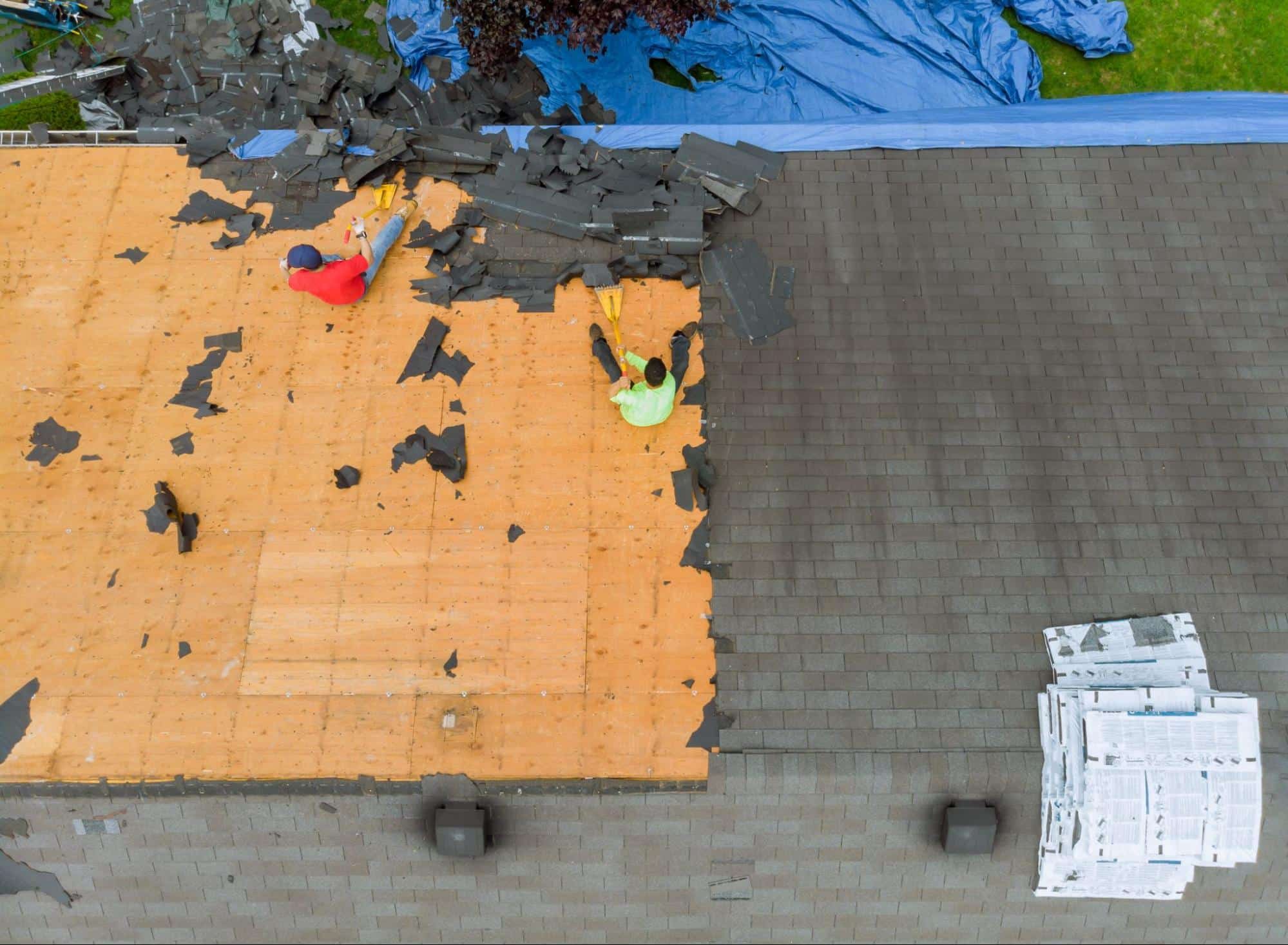
Asphalt shingles remain the most popular material for homes and many light commercial buildings. Repairs often include replacing missing shingles, resealing flashing, or addressing hail bruising. Roof age and condition are major cost drivers. Older shingles become brittle and may require a wider repair area than newer systems.
Slope and story height also affect labor because access becomes more complex on steep or high roofs. Matching color and manufacturer lines can impact scheduling as well, especially when older product lines are discontinued. Prompt attention to damage limits both material waste and interior risk, helping you avoid expanded repairs later.
Metal Roof Repairs
Metal roofing holds up exceptionally well against wind and rain, but repairs require specialized skill. Common tasks include panel replacement, seam resealing, and correcting fastener issues. The type of metal system influences labor because standing seam panels interlock tightly and take longer to disassemble than exposed fastener systems.
These repairs demand certified crews familiar with manufacturer specifications. Although the work can be more technical than shingle repair, it often restores years of service life. When impact dents or structural movement are discovered, we evaluate surrounding areas to confirm that the problem is isolated before proceeding with replacement sections.
Tile Roof Repairs
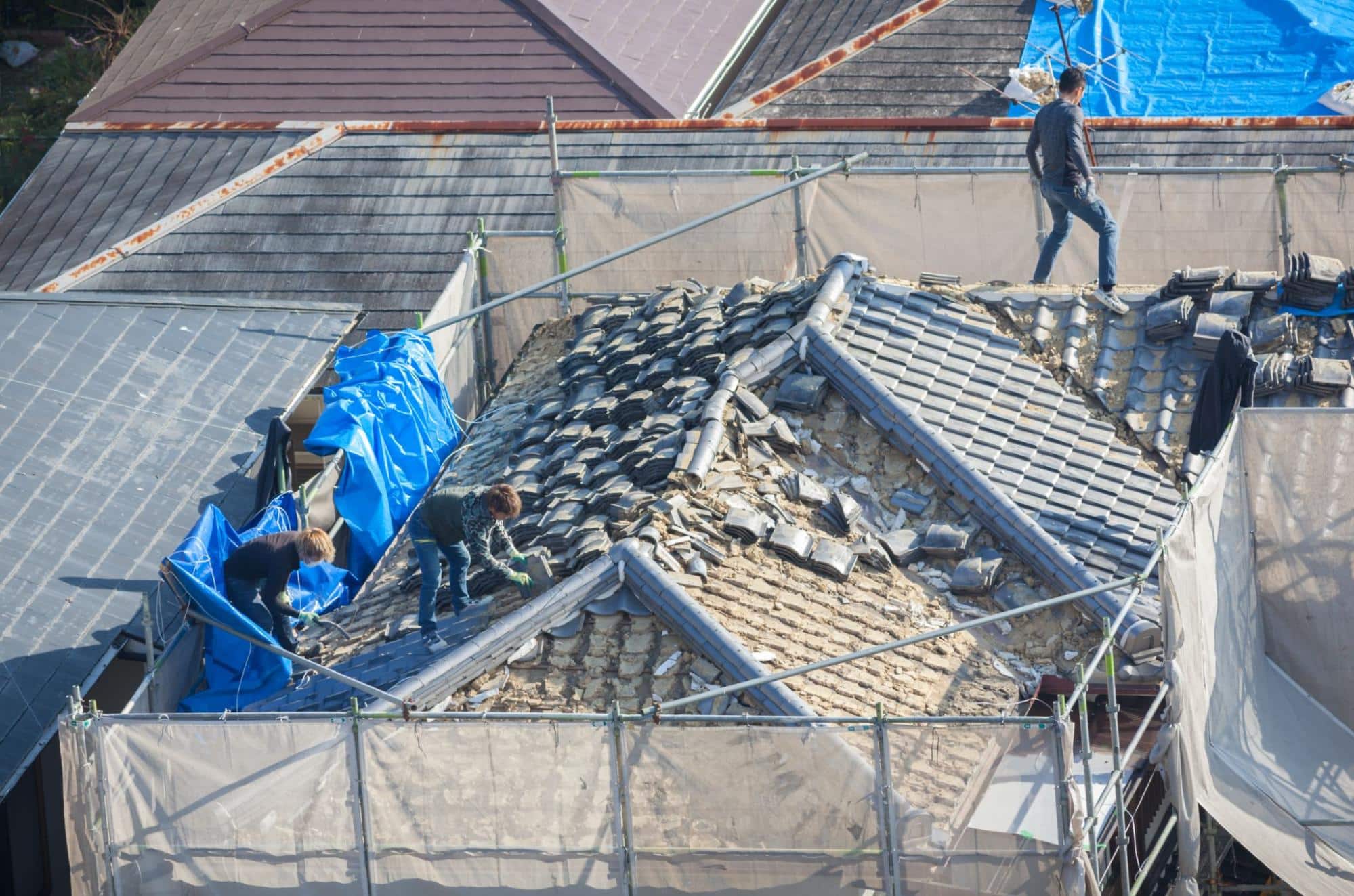
Concrete and clay tile roofs are common across Florida and coastal Texas. They provide beauty and durability but must be handled carefully to avoid breakage during repair. Tile systems often fail when wind displacement cracks the underlayment or loosens battens beneath the surface.
Repairing tile roofs involves replacing broken tiles, reworking valleys or flashing, and correcting underlayment damage. The availability of matching tile shapes and colors sometimes determines how quickly repairs can begin. Because the underlayment provides most of the waterproofing, we ensure every repair includes proper material overlap and ventilation so performance matches the original installation.
Flat and Low-Slope Roof Repairs
Many commercial and multifamily buildings across the Gulf Coast use flat or low-slope systems such as TPO, PVC, or EPDM. These roofs may experience punctures, seam failures, or drainage issues after heavy rain. The condition of the insulation below the membrane often determines whether repairs remain minor or become more extensive.
If moisture is trapped beneath the surface, sections must be removed and replaced to prevent long-term degradation. Access logistics also influence costs. Properties that require lifts, staging, or perimeter barricades take additional time to prepare. Our commercial restoration and general contracting teams coordinate all trades to complete these projects efficiently and safely.
Emergency Dry-In and Temporary Protection
When storms strike, the first priority is to stop active leaks. A professional dry-in provides temporary coverage until permanent materials are approved and installed. The size, slope, and surface of your roof determine the amount of labor and equipment required.
Improper tarping can trap moisture or tear away under high winds, creating more damage. Our technicians follow safety tie-offs and use reinforced coverings that stay secure until final repairs. If indoor humidity rises or mold begins to form, our mold remediation team can restore air quality while your roof awaits permanent work.
What Really Drives Roof Repair Costs
Every line in a roof estimate connects to the same three factors: the severity of damage, building code requirements, and roof complexity. Severe wind and hidden water can add scope quickly, especially if decking or insulation becomes saturated. Our teams use diagnostic tools to confirm how far damage extends before finalizing a repair plan.
Building codes across Florida, Texas, and Louisiana require specific fastening, underlayment, and flashing details. Compliance adds labor but ensures the system meets inspection standards and qualifies for resale or insurance discounts. Roof geometry also plays a role. Steeper pitches, multiple stories, skylights, or solar panels require careful setup and protection, which increases time on site but preserves the integrity of the finished work.
When to Repair and When to Replace

Some roofs are better candidates for full replacement than repeated patching. Roofs that have reached the end of their rated lifespan, or those with leaks across multiple slopes, often cost less to replace over time than to repair repeatedly.
We document every condition with photos and provide both repair and replacement options. This side-by-side comparison helps property owners choose the most effective investment for long-term performance. For certain buildings, a partial replacement of heavily damaged slopes may offer the right balance between cost and coverage.
Insurance and Payment
After a major storm, insurance becomes part of nearly every roof repair conversation. The process begins with thorough documentation. Photos, videos, and written notes from both ground and attic levels provide a complete record. Insurers also expect homeowners to mitigate damage, which is why an emergency dry-in is often covered.
We meet insurance adjusters on site to review damage together, ensuring the report aligns with reality. Our estimates include detailed line items, code references, and manufacturer specifications that simplify claim approval. If hidden damage or new requirements appear during the job, we handle the supplemental documentation so there are no delays in reimbursement.
Most policies include a deductible and outline payment based on either Actual Cash Value or Replacement Cost Value. We help explain how these terms affect your out-of-pocket cost before work begins, so budgeting is clear and stress is reduced.
Choosing a Qualified Roofer on the Gulf Coast
The right contractor can make the difference between a temporary patch and a lasting repair. Licensing, insurance, and proven experience are essential in regions where codes are strict and weather is unpredictable. Our teams hold current credentials across Florida, Texas, and Louisiana, and our reputation reflects years of high-quality restoration work.
When you evaluate contractors, ask about training, safety practices, and warranty coverage. Reliable professionals provide written scopes and transparent communication from inspection to completion. You can learn more about our company on our About page and see service areas on our Locations page. We also invite you to read client stories and insights on our Blog for examples of how our approach delivers consistent results.
The Bottom Line
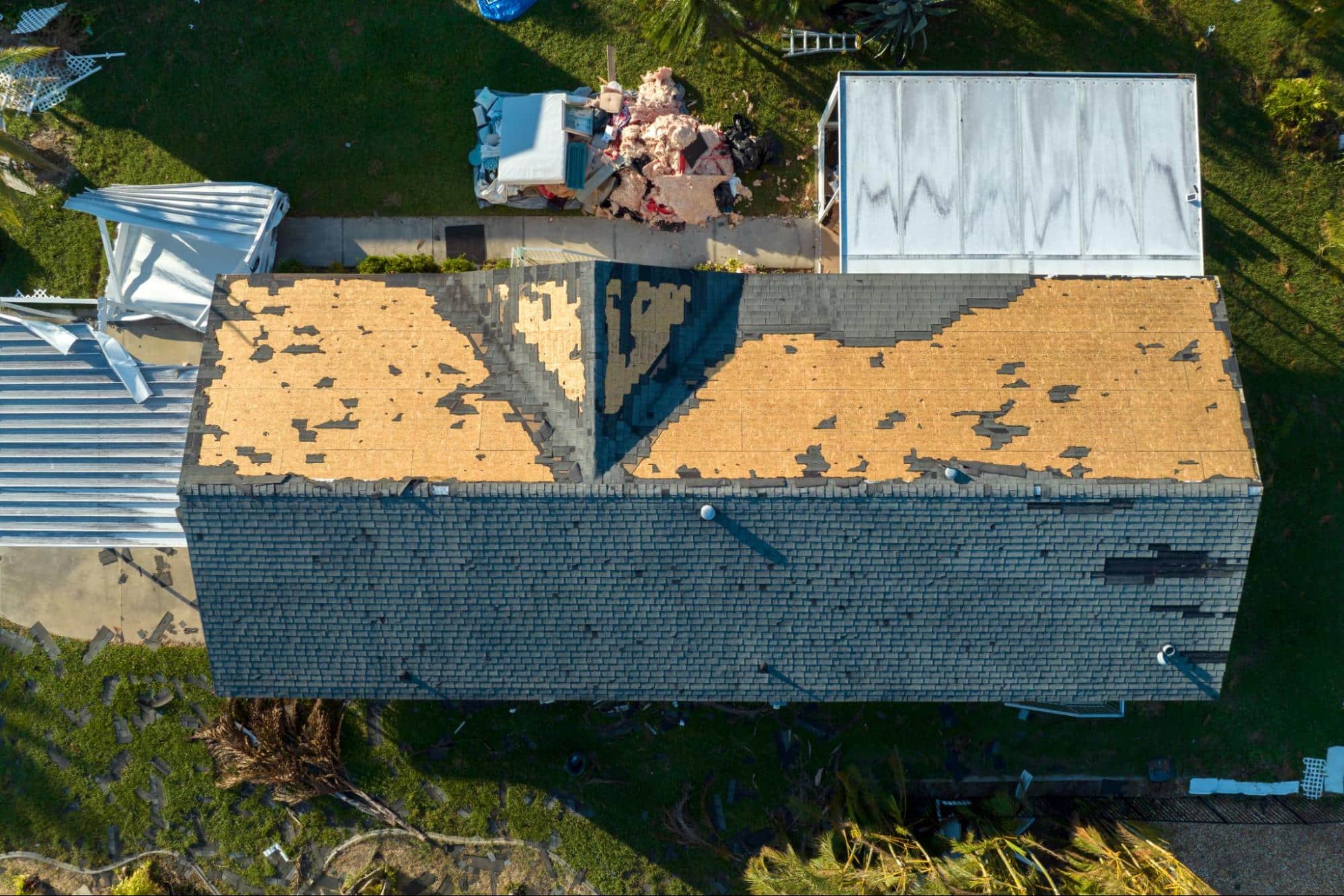
The average roof repair cost is not a mystery number. It reflects your roof’s age, material, storm history, moisture condition, and the codes that govern your area. Understanding these variables brings clarity to the process and helps you plan ahead for both immediate recovery and long-term value.
At Ready Nation Contractors (RNC US), we are proud to protect homes and businesses across Florida, Texas, and Louisiana. Our roofs are not built to survive one storm but to stand ready for every season ahead.
If you need help with an inspection, emergency dry-in, or a clear repair plan, reach out today. Call 877.762.2858, email office@rnc-us.com, or visit our Contact page to schedule service. We will protect your property today and keep it strong for tomorrow.
Frequently Asked Questions
What factors affect the average roof repair cost in the Gulf Coast region?
Several elements influence the average roof repair cost, including material type, roof age, access conditions, and regional code requirements. Gulf Coast properties often face additional costs tied to high-wind zones, humidity, and insurance permitting. A proper inspection helps define whether you are dealing with isolated damage or a more extensive issue requiring deeper restoration. Learn more about our roof repair services and how we evaluate each variable before quoting work.
How long does a typical roof repair take after storm damage?
The duration depends on the severity of the damage and local weather conditions. Minor asphalt shingle repairs may take a day, while complex metal or tile systems can require several days once materials are available. When emergency conditions persist, we begin with a temporary dry-in to stabilize your property. Visit our storm damage page to see how our teams manage timelines and minimize disruption.
Can I file an insurance claim for roof repair after a storm?
Yes. Most roof repairs caused by wind, hail, or impact are covered under standard homeowner or commercial property insurance. Documentation is critical. We assist clients by providing detailed photos, code references, and line-item estimates for adjusters. Our process helps prevent claim delays and ensures your coverage reflects the true scope of work. Learn about our coordinated emergency response services that begin the claim process immediately.
What happens if water damage or mold is discovered during a roof repair?
Hidden moisture or mold growth often means the problem has spread beyond the roof surface. In that case, our crews coordinate water damage restoration and mold remediation at the same time to protect interior finishes and air quality. This integrated approach keeps your property safe and reduces downtime by addressing all affected systems together.
How can I find a licensed and reliable roofing contractor near me?
Choosing a licensed and insured professional is essential in coastal markets where weather and code compliance matter. Look for a company with verified credentials, strong local references, and transparent project communication. Ready Nation Contractors is licensed across Florida, Texas, and Louisiana, with verified training and insurance for every trade. Explore our About page and find service areas on our Locations page before scheduling your next inspection.
